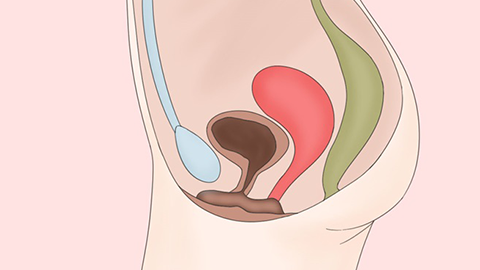What does "retroverted uterus" mean?
In general, a retroverted uterus means the uterus is positioned toward the back relative to the pelvis, with the fundus of the uterus pointing in the direction of the spine. A detailed explanation is as follows:

A retroverted uterine body refers to the orientation of the uterine body toward the sacrum rather than the normal forward position toward the bladder, and it is one of the common uterine positions. In most cases, this condition results from congenital developmental factors, causing the uterus to naturally assume a retroflexed and retroverted position within the pelvic cavity. Less commonly, it may be caused by acquired factors such as pelvic floor muscle relaxation after multiple deliveries, pelvic inflammatory adhesions, or endometriosis, which can alter the position of the uterus. This positional variation itself does not affect overall health and usually does not interfere with normal menstruation or fertility. Most individuals experience no noticeable symptoms and only discover this condition incidentally during a gynecological examination.
To maintain health, avoid prolonged sitting in daily life. Engage appropriately in activities such as walking or yoga to strengthen pelvic floor muscles and help maintain stability of the tissues surrounding the uterus. During menstruation, ensure adequate rest and avoid strenuous exercise or excessive fatigue to minimize discomfort that could result from pelvic congestion. If you experience worsening dysmenorrhea, significant lower back pain, or prolonged difficulty conceiving, seek timely medical evaluation to rule out other potential gynecological conditions. There is generally no need for excessive concern solely due to a retroverted uterine position.





